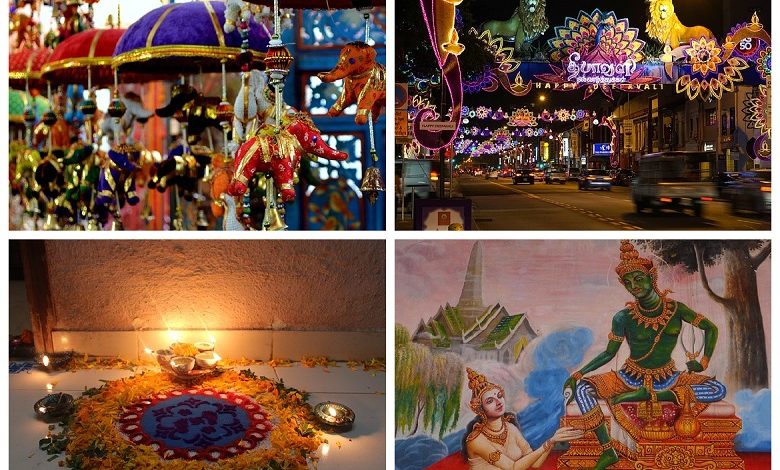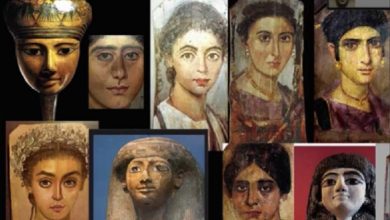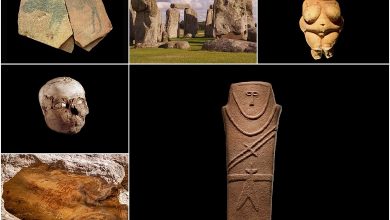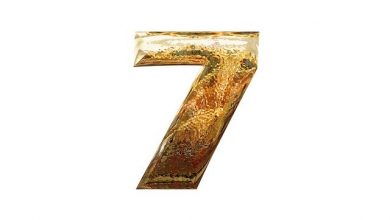Why Diwali is being celebrated

Diwali is the most prominent holiday in India, symbolizing the victory of good over evil, light over darkness and knowledge over ignorance. This five-day festival of lights is commemorated by over a billion people of different religions.
Diwali is a family holiday with prayers, impressive fireworks and, for some, the beginning of a new year. A fascinating and mystical history of the famous Indian holiday, further in the review.
Diwali is perhaps best known as the festival of lights. “Deepavali” in translation from Sanskrit means “a series of fires”. On the days of the celebration, people light fires in earthen vessels and line them up in rows near their homes.
The dates for this festival are based on the Hindu lunar calendar. Each month is marked by the time during which the moon makes a revolution around the Earth. Diwali begins shortly before the new moon’s arrival between the Hindu months of Ashwin and Kartika, which usually fall in October or November according to the Gregorian calendar.
Diwali meaning
Diwali is very widely celebrated – it is a significant religious holiday not only for Hindus. It is also celebrated among Jains, Sikhs and Buddhists, as it does not have a single origin story. Each religious denomination has its legend about Diwali. All these stories are united by the fact that, in the end, they all tell about the victory of good over evil.
Only in Hinduism, which is considered one of the oldest existing religion in the world, dating back to the second millennium BC, there are several versions of the history of Diwali. They differ depending on the geographic communities. However, these are all epic stories about the victory won by people considered incarnations of the Hindu god Vishnu. This deity is regarded as the protector of the universe. Its role is to restore the balance of good and evil in times of disaster.
In northern India, Diwali marks the triumphant return of Lord Rama, wife and brother, to the city of Ayodhya. This happened as a result of a conspiracy by his evil stepmother. Rama was in exile for fourteen years. He heroically saved his wife Sita, the incarnation of the goddess Lakshmi and kidnapped by the evil king Ravana.
Meanwhile, in South India, Diwali is celebrated as the victory of the god Krishna over the demon king Narakasura. He imprisoned 16,000 women in his palace and severely punished any of his subjects who dared to oppose him. In western India, the festival celebrates the exile by the god Vishnu of the king of Bali, whose immense power has become a threat to the gods, to the underworld.
Sikhs, Jains and Buddhists, three religious minorities in India, have their own stories about Diwali. For the Sikhs, whose religion originated in the late 15th century as a movement in Hinduism, specially dedicated to Vishnu, Diwali marks the liberation of the 17th-century guru Hargobind. He was held captive by the Mughal Emperor Jahangir for twelve years.
Jains are an ancient religion that dates back to the middle of the first century BC. They share many of the beliefs of Hinduism. They celebrate Diwali, the day that the god Mahavira, the last of the great Jain teachers, attained nirvana. Buddhists, whose religion arose at the end of the 6th century BC, celebrate this day as converting the Hindu emperor Ashoka, who ruled in the third century BC, to Buddhism.
Apart from these stories, Diwali is also a celebration of the Hindu goddess of wealth and fortune, Lakshmi. In an early agrarian society in India, Diwali coincided with the last harvest before winter – a time to pray to Lakshmi for good luck. Today, Indian companies still consider Diwali to be the first day of the financial new year.
How is Diwali celebrated in India
As the history of Diwali differs from region to region, so do the rituals of this festival. Common are the abundance of sweets, family gatherings and the lighting of clay lamps, which symbolize the inner light that protects each family from spiritual darkness.
But in general, each of the five days of Diwali has its meaning. On the beginning day of Diwali, people pray to goddess Lakshmi, bake sweets and clean their homes. The next day, they decorate them with lamps and rangoli. Rangoli are drawings made on the floor from coloured sand, powder, rice, or flower petals.
The third day of Diwali is the most important: on this day, people can go to the temple to honour Lakshmi or gather with friends and family for a banquet and fireworks. For many people, the fourth day of Diwali marks the New Year and a time to exchange gifts and best wishes. Finally, the fifth day is usually the day of honouring brothers and sisters.
Over the years, Diwali has become the largest and most lavish festival in India. Shops run holiday sales, and various communities across India hold fairs. Fireworks are also an essential part of the festivities, especially in New Delhi, where they are often criticized for polluting the city, which is notorious for this flaw.
Despite all these obstacles, the very meaning of Diwali suggests that light will eventually defeat darkness. All those who celebrate the holiday can receive consolation from this belief. The spirit of the holiday requires it.




